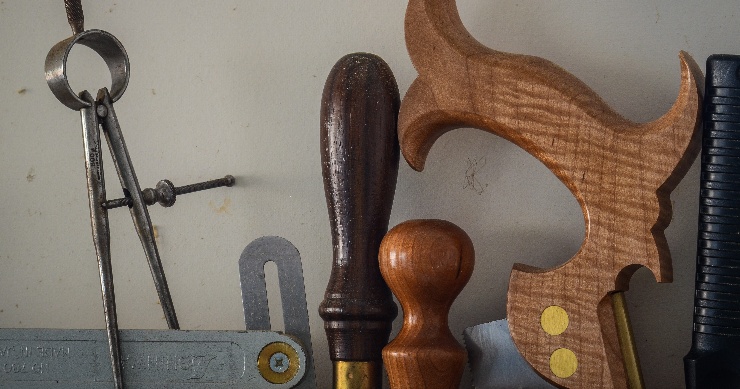Choosing an appropriate miter saw is essential for successful woodworking projects. Miter saws allow for precise cuts at various angles and are indispensable for tasks such as framing, trim work, and furniture making. However, not all miter saws are the same, and selecting the wrong one can lead to wasted time and frustration. Understanding the different types of miter saws and their unique features is crucial in making an informed decision.
There are four main types of miter saws. The basic miter saw, also known as a chop saw, is the simplest form and is ideal for making straightforward cuts at various angles. The compound miter saw can tilt in one direction to make bevel cuts, allowing for more complex woodworking projects. The sliding compound miter saw has both sliding and compound capabilities, increasing the size of material that can be cut. The dual-bevel sliding compound miter saw is one of the most versatile types, combining both dual-bevel and sliding capabilities for maximum flexibility when making complex angled cuts.
When selecting a miter saw, several key factors should be considered. These include budget, blade size and capacity, miter range, and bevel range. Having a budget in mind can help narrow down options and prevent overspending. The blade size and capacity will dictate the cutting capacity and versatility of the tool. The miter range refers to the angle at which the saw can make crosscuts or angled cuts. The bevel range refers to the ability of the saw to tilt horizontally for making compound cuts. Taking these factors into consideration will guide towards selecting a miter saw that best fits one’s woodworking needs.
Key Takeaways:
- Choosing the right miter saw is crucial for successful woodworking projects, as the tool allows for precise cuts at various angles, making it indispensable for tasks such as framing, trim work, and furniture making.
- Different types of miter saws include the basic miter saw, compound miter saw, sliding compound miter saw, and dual-bevel sliding compound miter saw, each with their unique features and benefits for different woodworking needs.
- When selecting a miter saw, important factors to consider include budget, blade size and capacity, miter range and bevel range, along with the weight and portability of the saw if mobility is required.
“A miter saw is an essential tool for anyone working with wood. It allows you to make precise cuts at various angles, making it indispensable for tasks such as framing, trim work, and furniture making. However, not all miter saws are created equal, and choosing the wrong one can lead to frustration and wasted time.”
More details: here






